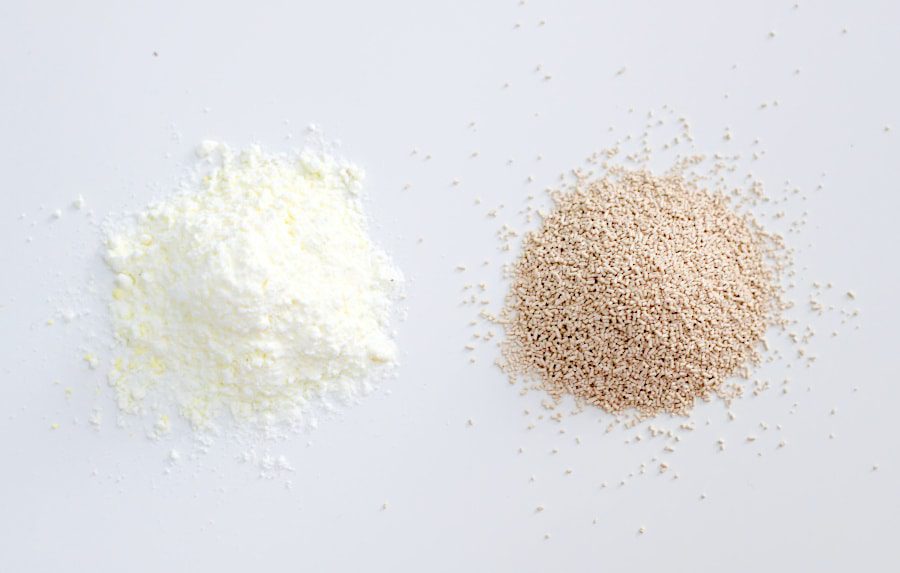The Open Magazine
Delicious Keto Recipes for a healthy lifestyle
Yeast vs Baking Soda: A Guide to Bakery Knowledge
1 Confused about the difference between yeast & baking soda? This guide helps explain when to use yeast and when to use baking soda so you can make the perfect bake.
2 If you have ever looked at a recipe & found yourself wondering what the difference is between yeast & baking soda, Then look no further.
3 This guide will walk you through when to use yeast and when to use baking soda so that your next baked creation turns out perfectly.
What are Yeast and Baking Soda?
1 Yeast and baking soda are two essential ingredients used in baking.
2 Yeast is a type of fungi, when mixed with flour, water & sugar, produces carbon dioxide that causes the dough to rise.
3 Baking soda & on the other hand is a chemical leavening agent filled with sodium bicarbonate crystals that release CO2 gas when exposed to heat or acidity – ultimately making cakes and cookies rise during baking.
When to Use Yeast vs Baking Soda:
1 Baking Soda is best used for recipes that already contain an Acidic element such as vinegar, lemon juice, buttermilk, yoghurt or sour cream.
2 Yeast & on the other hand is usually reserved’ for doughs that require proofing & rising, like bread and pizza doughs.
3 For cakes & cookies, however, baking soda offers a quicker solution as you can bake them right away.
4 When to use yeast vs baking soda depends on the recipe and the desired outcome.
5 If a recipe calls for baking soda, an acidic liquid needs to be included to activate the baking soda & make sure it does its job properly.
6 These acidic liquids can be anything from vinegar, lemon juice, buttermilk, yoghurt or sour cream.
7 On the other hand, if a recipe calls for yeast, There will likely not be an acidic component present’ as you all need warm liquid to proof and raise the dough.
8 Yeast is thus best used for making bread & pizza dough’ whereas baking soda is ideal for cakes & cookies baked directly without having to wait’ for any kind of rising process.
Storage, Shelf Life and Nutrition Differences:
1 Another difference between yeast & baking soda is their nutritional content and storage requirements.
2 Yeast needs to be stored in a cool, dry place & has to be used within 9, Months of purchase.
3 Baking soda & on the other hand, Has an indefinite shelf life if kept away from moisture.
4 Yeast is nutritionally rich, providing much-needed B vitamins, However’ baking soda contains little nutrition & other than sodium bicarbonate.
Making Your Dough Rise:
1 All bakes require a leavening agent to help them rise and reach the desired result.
2 Yeast is the most popular, & traditional choice in baking as it causes the dough to slowly rise over time.
3 This process helps create a light, airy dough that is perfect for loaves of bread, focaccia and pizza bases.
4 Baking soda & on the other hand, works more quickly, creating an instant rise within minutes.
5 This makes it ideal for cakes and biscuits where you need fast results with little wait time.
6 For low-carb chicken parm meatballs, You all want to use a combination of both baking soda & yeast.
7 The yeast will help the dough rise slowly and develop flavour while the baking soda will create a quick, airy texture that won’t make the finished product dense or heavy.
8 Having both of these leavening agents in your recipe will also help give it that trademark chicken parm flavour you know and love!
